Chinese premium EV brand Nio has launched a third generation of its innovative Power Swap Stations, which can now replace the power pack in one of its models in under five minutes – and they are bound for the UK.
The first examples of the reworked stations have gone live in China and the firm has begun producing them for the European market at a new production plant in Hungary.
Nio now has more than 1300 Power Swap Stations in service in its home nation and has completed more than 20 million swaps. In Europe, Nio has launched in Norway, the Netherlands and Germany, and it has 13 stations live across those markets, with more than 12,000 swaps completed.
The firm claims that more than 56% of ‘charging’ for Nio models comes from battery swaps. All of Nio’s models are capable of battery swapping and the stations are able to remove the battery from underneath the EV floor and replace it with a fully charged unit. The first Power Swap Station was launched in 2017, with the second-generation version arriving in 2021.
The third-gen station is a minute faster than the second iteration, with a swap taking around 4min 40sec. The actual mechanical process happens in around 2min 30sec and the rest of the time is taken up by safety checks and vehicle positioning. The new station can store 21 batteries, compared with 13 for the second-gen unit and just five for the original.
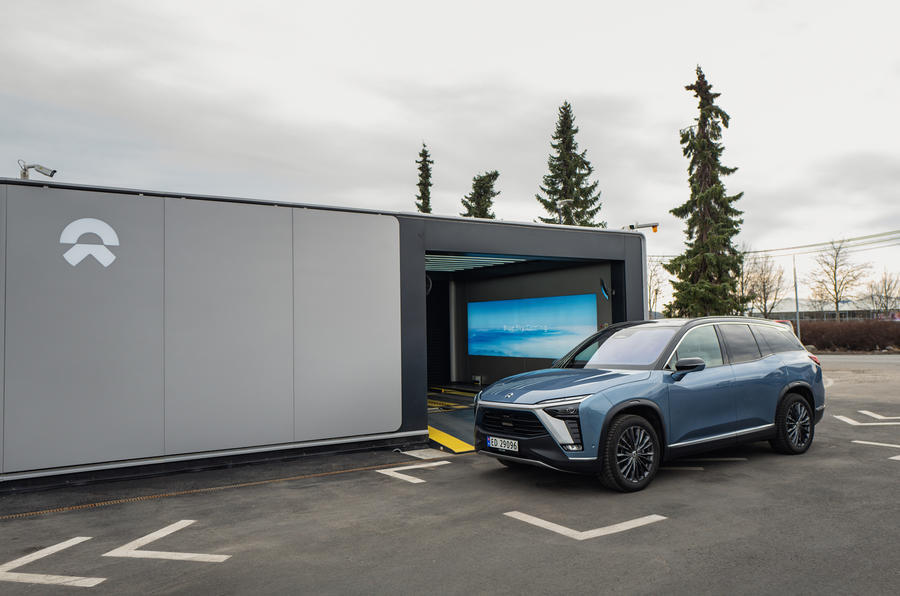
That enables more swaps to be completed per day. The record for a second-gen station is 171, but Nio Power boss Fei Shen claims the new unit can handle over 400 swaps per day.
He also said the stations can help to balance energy grids. The batteries can be charged at times of low demand, when energy is cheaper, and there is the potential for them to be used for grid balancing at peak times. All of the Power Swap Stations feature a number of conventional EV chargers, which are available to all EV drivers and can take energy from the stored batteries at times of peak demand.

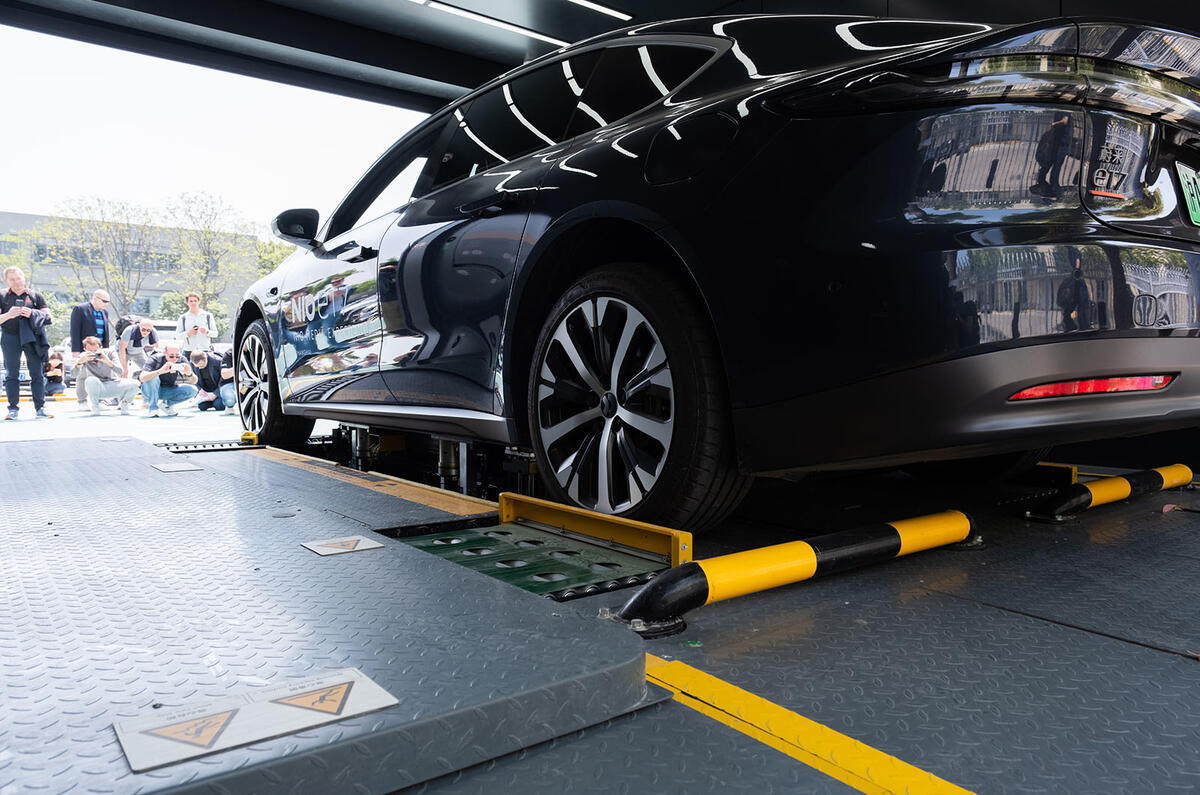
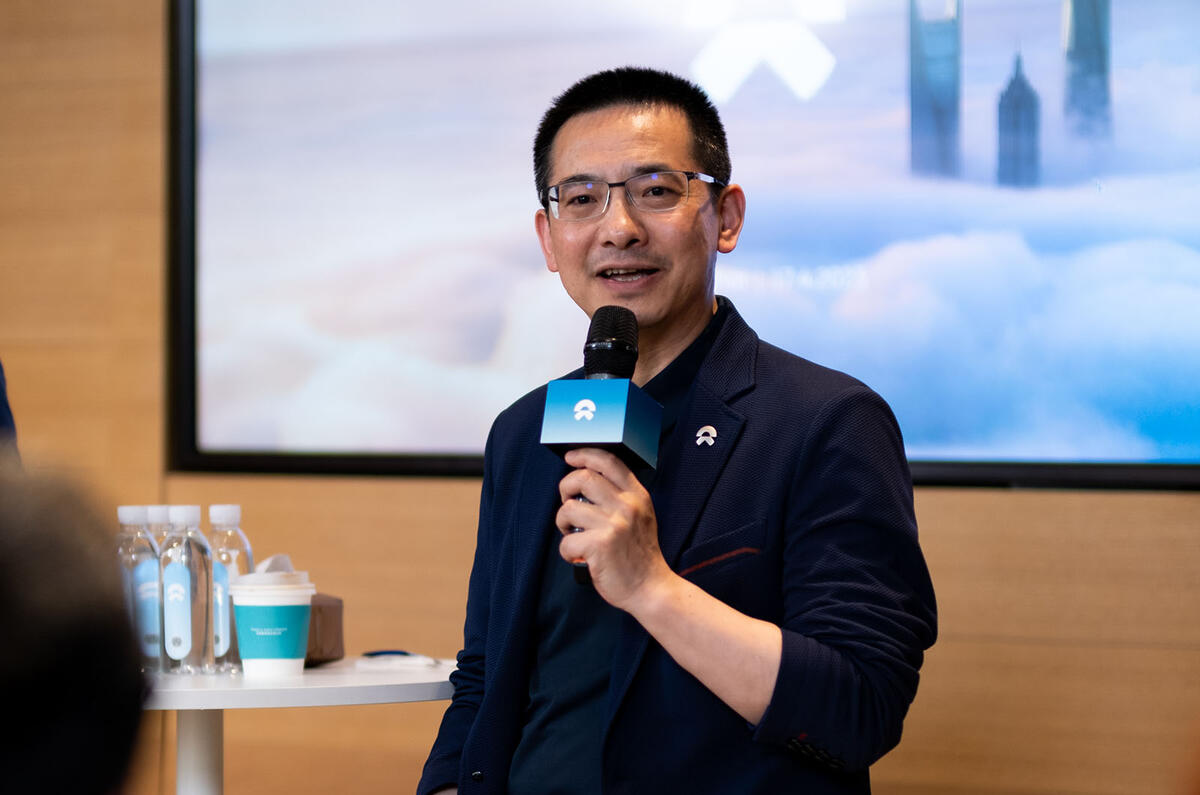
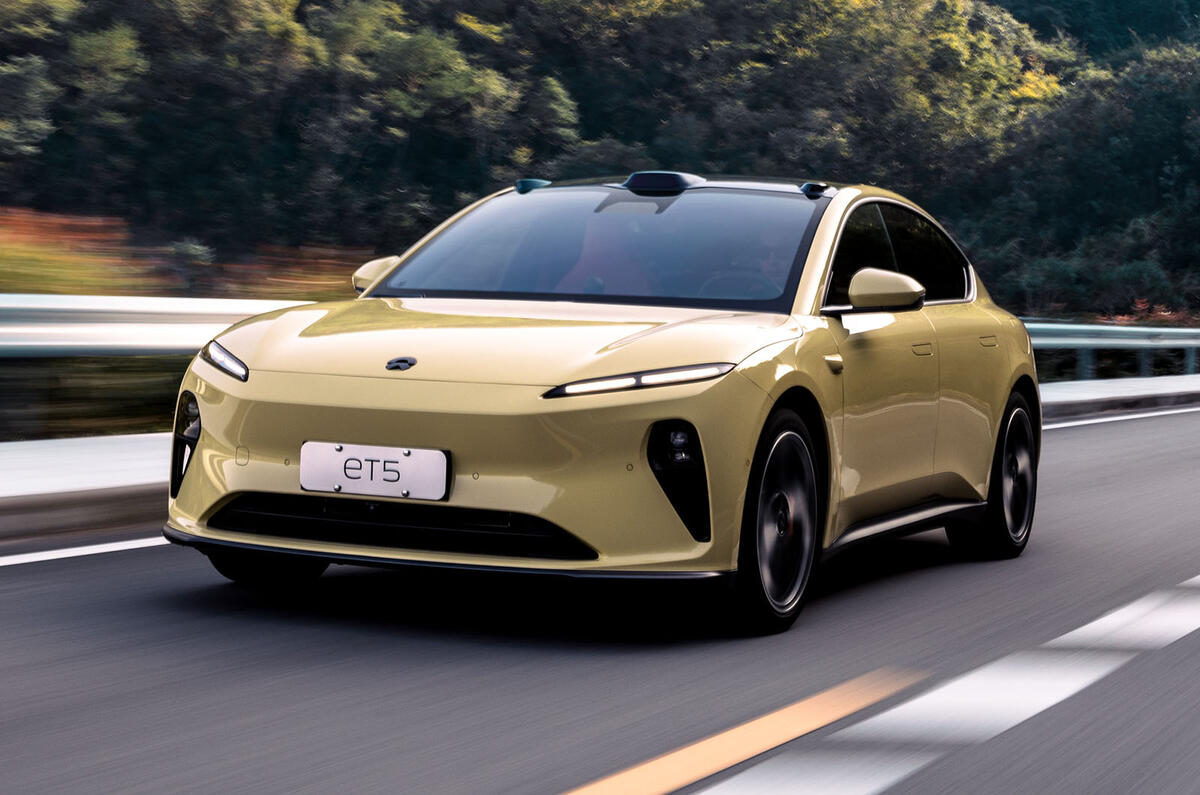
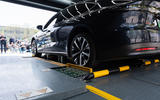

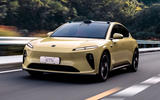

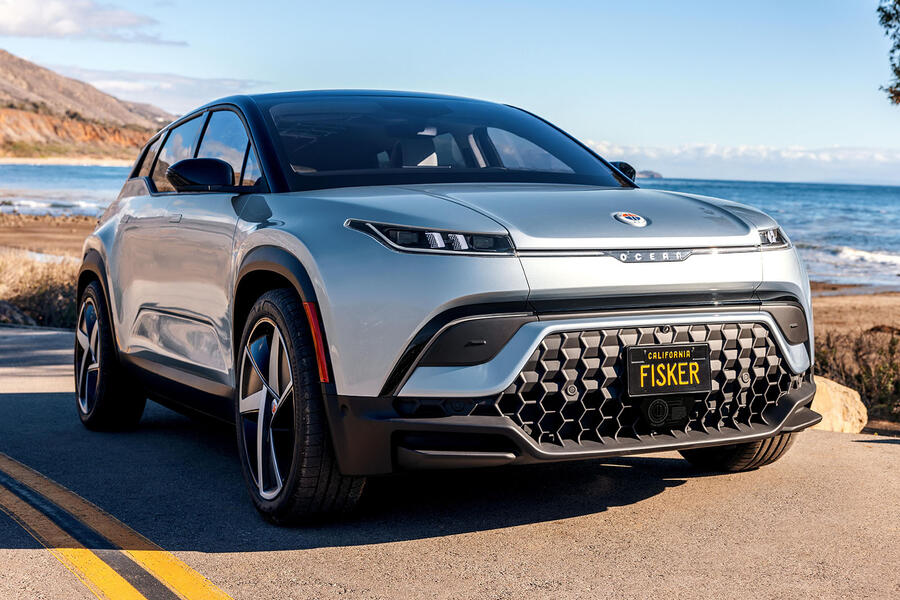
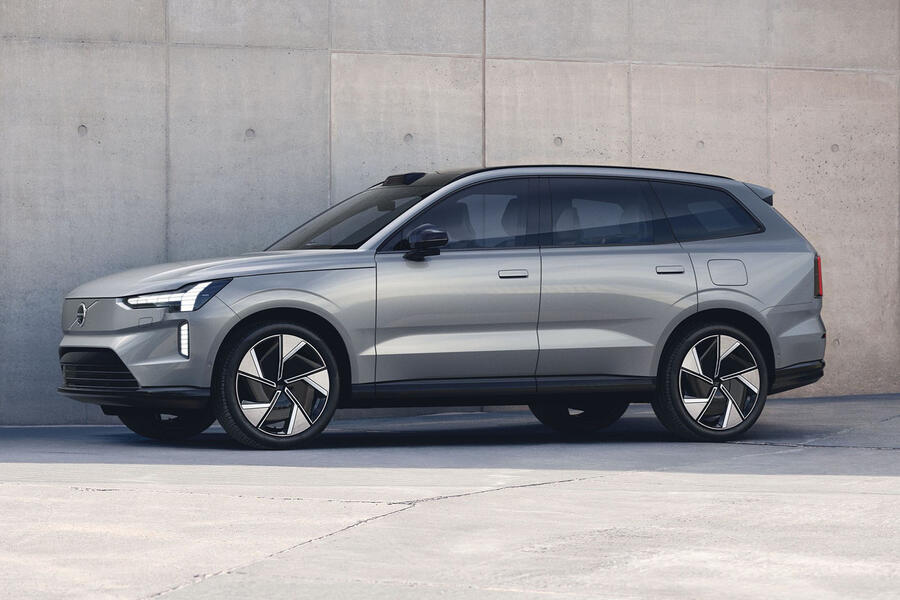
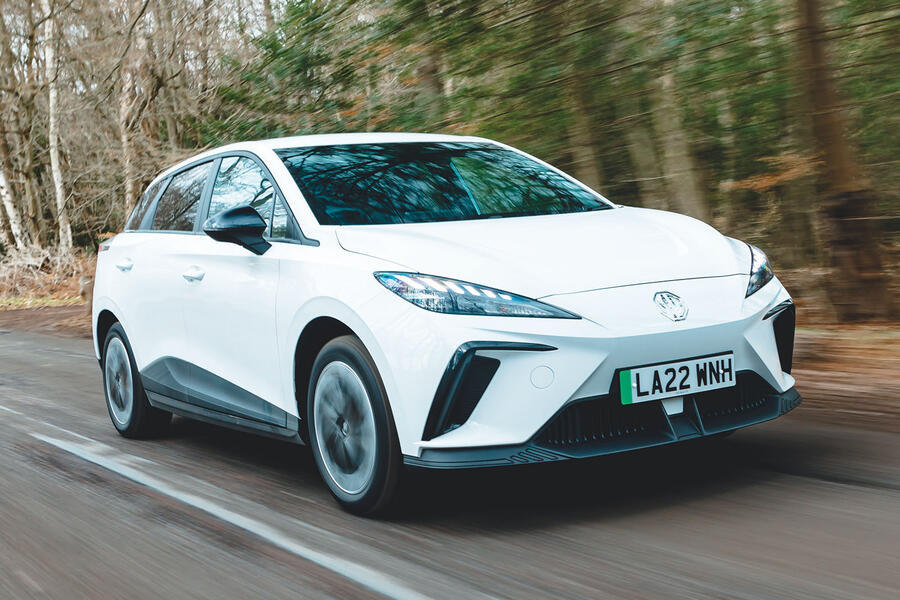






Join the debate
Add your comment
Will the replacement battery be covered by your cars original battery warranty? After all you could presumably end up driving around with a battery older than your car, and maybe less efficient than the one you had in the first place?
I will never buy anything Chinese. Especially if I know for sure it's made there. They cars probably have some tracking, hacking or search device built in. As soon as you hook up your phone, all your banking info is probably sent back to china and Russia too. WTF needs that. Not me. If the West has my info, no problem,but chins or russia. NFW.
Sit back, take a breath and then ask yourself, "is this seriously the future"? Obviously it is not, 20yrs from now it will look as redundant as the first Apple Mac's, the first Cellphones and that 70's computer game that bounced a dot backwards and forwards across a screen. I especially remember the latter because my parents bought one thinking it was cool and could not understand that I could not be bothered to play with it because it was so lame. When battery technology matures and cars can do 500 miles on one charge, charge in 30 minutes, and are affordable, that's the time to buy an EV. Until then, band-aids like this are just that, band-aids for a bad idea?